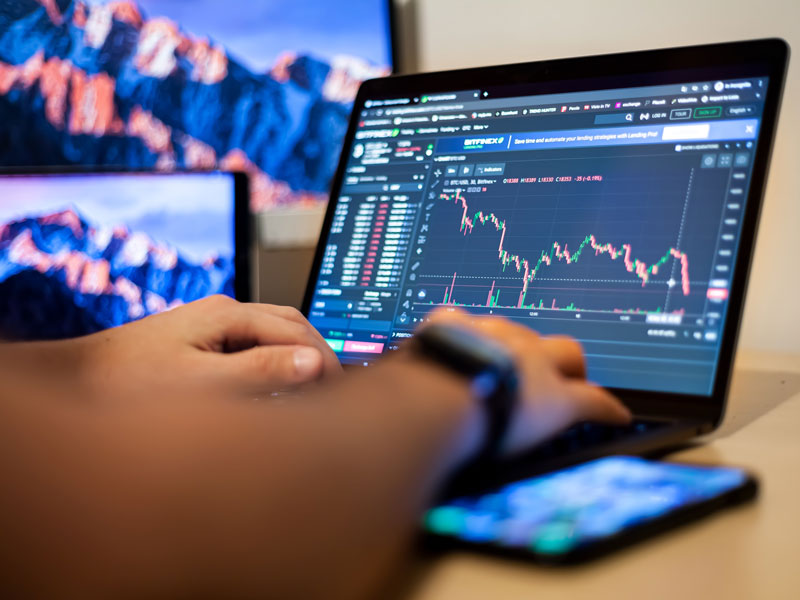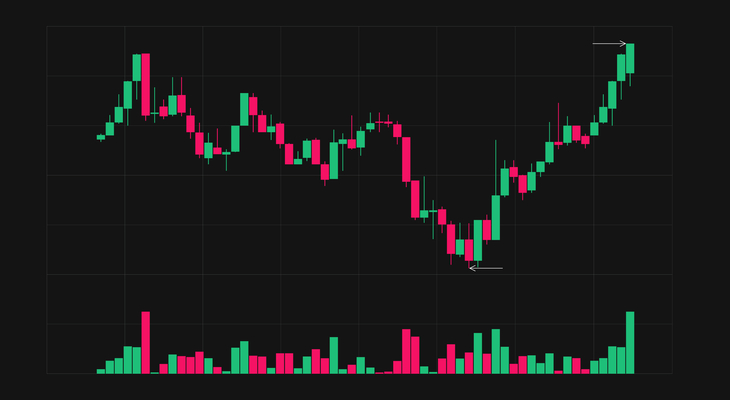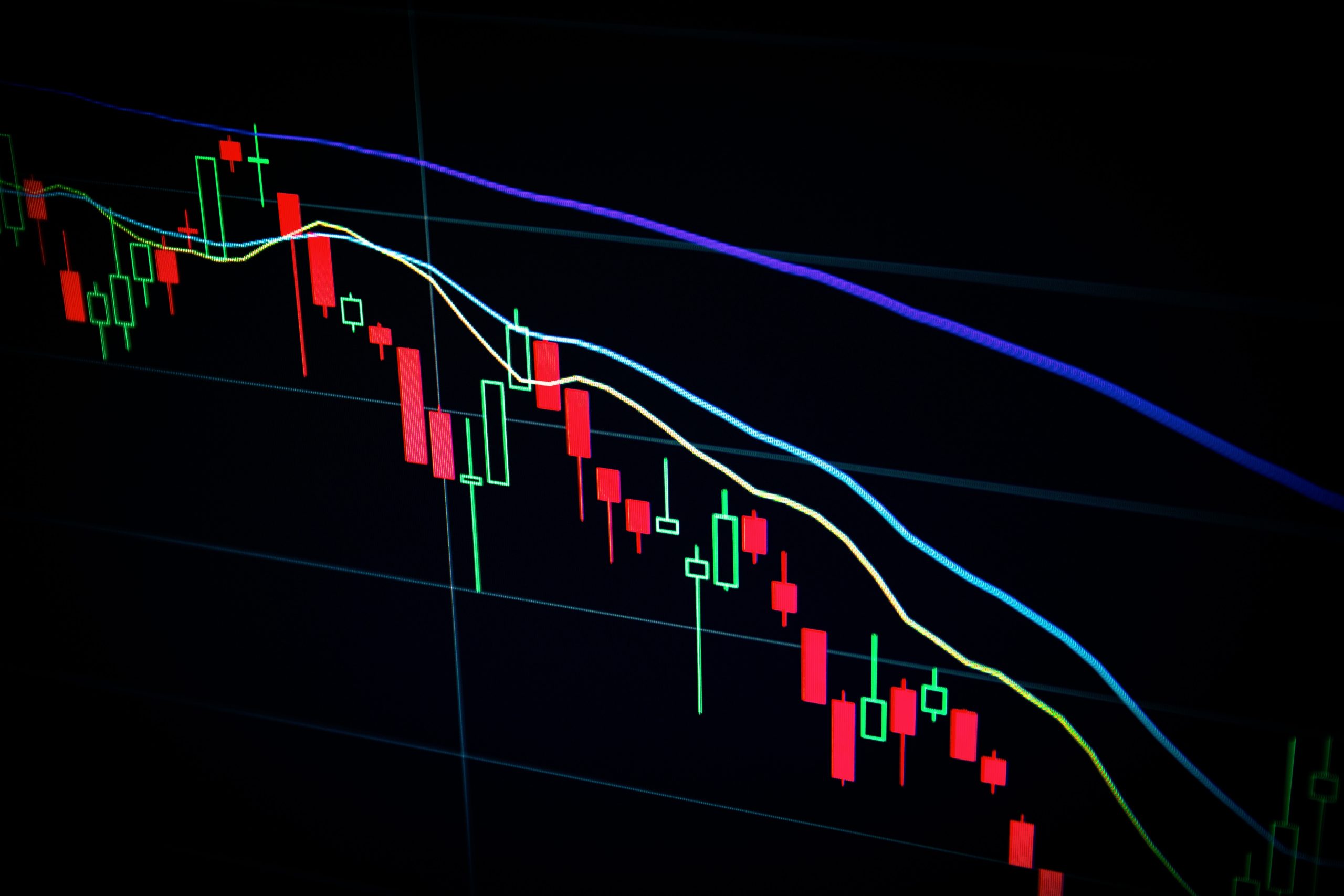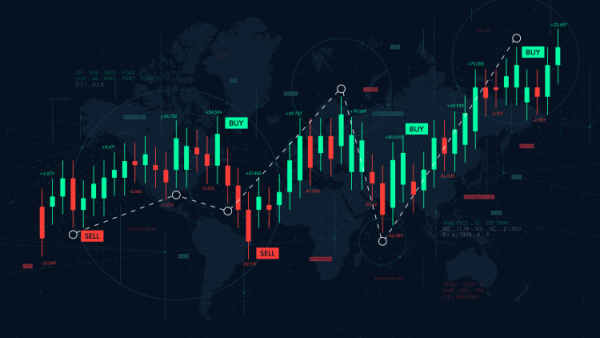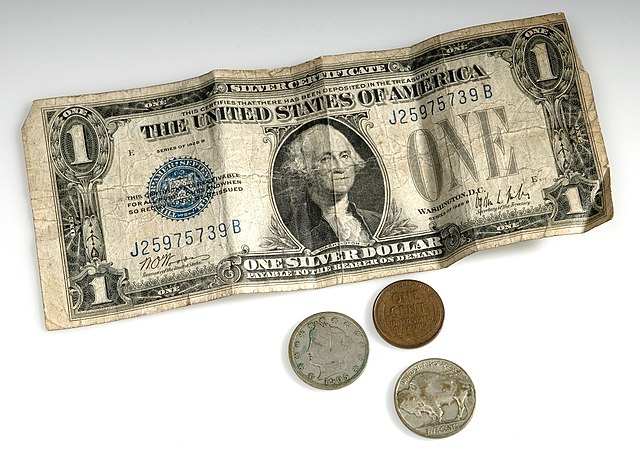The world of trading can seem like an intimidating place, but with CFDs it doesn’t have to be. By taking advantage of the freedom and flexibility this type of trading offers, you can unlock your trading potential and find success.
This guide will provide an overview of CFD basics, accounts and platforms, and trading strategies. With the right approach, you can make the most of this powerful financial instrument and take your trading to the next level.
So let go of the fear and embrace the opportunity – it’s time to unleash your trading potential.
Key Takeaways
- CFD trading allows traders to speculate on price movements without owning the underlying asset.
- Choosing the right instrument, position, and platform is important in CFD trading.
- Margin and leverage are important considerations in CFD trading.
- Factors that contribute to a successful CFD trader include education, thorough research, a personalized trading strategy, and managing emotions.
CFD Basics
CFDs are a popular financial instrument that allow traders to speculate on the price movements of an underlying asset without owning it, offering a range of advantages and risks.
CFD trading provides greater leverage and freedom compared to traditional trading, allowing traders to enter into positions larger than their account balance.
It also offers the ability to go long and short, as well as a range of trading opportunities.
However, it is also fast-paced and risky, so it is important to have a risk-management strategy in place.
Moreover, stop-loss orders do not guarantee that losses will not be incurred.
It is essential to be properly educated and informed before entering the CFD trading market in order to maximize the chances of success.
Accounts and Platforms
Accounts and platforms are essential for CFD trading, as they provide traders access to a range of trading instruments, leverage, and margin requirements. Choosing the right CFD trading account and platform is key to successful trading.
While FXTM offers competitive trading accounts, traders should compare different CFD trading platforms to find the one that best fits their needs. Leverage, spreads, and minimum deposits vary from one account to the other and should be taken into consideration when selecting the best CFD trading account.
Additionally, traders must familiarize themselves with the features of the chosen platform so they can make the most out of the available trading options.
Making the right choice when selecting a CFD trading account and platform can give traders the freedom to maximize their trading potential and benefit from the opportunities available in the markets.
Trading Strategies
Trading strategies are essential in CFD trading, as they help traders control risk and make informed decisions in the markets.
What strategies are available for CFD trading?
One popular strategy is the swing trading strategy, which involves entering and exiting trades over a period of time in order to capture short-term price movements. This strategy requires a trader to monitor the markets closely and make quick decisions when opportunities present themselves.
Another strategy is the risk management strategy, which involves setting stop-loss and take-profit levels for each position to manage risk and protect profits. This strategy requires traders to understand their risk appetite and use it to identify their ideal risk/reward ratio.
Both strategies require discipline and a comprehensive understanding of the markets, but can provide traders with the opportunity to maximize their profits.
Frequently Asked Questions
What is the minimum deposit for a CFD trading account?
The minimum deposit for a CFD trading account is typically between $£10 and $£500.
It is important to note that CFD trading carries certain tax implications and risks, so it is essential to have a risk management strategy in place.
Margin call and stop out levels are also important considerations when trading CFDs, and these are set at 60% and 40% respectively.
A CFD account should also offer flexible trading conditions, competitive spreads, and leverage up to 1:30.
CFD trading is fast-paced and risky, so it is important to be well-educated and create a personalized trading strategy to unlock the potential of trading CFDs.
How much leverage can I get with a CFD trading account?
In CFD trading, leverage is determined by the risk appetite of a trader and the risk management strategy they use. On average, traders can access leverage of up to 1:30, but some brokers offer up to 1:400.
Leverage increases the potential for higher returns, but also increases the potential for losses, so it is important to consider your risk appetite and establish a risk management strategy before trading.
What is the difference between a CFD and other financial instruments?
CFDs are derivatives that allow traders to speculate on the price movements of an underlying asset without owning it. This is in contrast to other financial instruments such as stocks, which usually require long-term investing.
CFDs provide higher leverage than other instruments, giving traders the potential for larger profits. Furthermore, technical analysis is often used when trading CFDs as traders can use charting tools to identify potential price movements. This method is often preferred to traditional fundamental analysis which focuses on economic data.
In conclusion, CFDs offer a unique way to trade with higher potential rewards and greater flexibility than other instruments.
What are the advantages and risks of CFD trading?
Do you want to take control of your financial future? Trading CFDs can be a great way to do so. However, it is important to understand the advantages and risks of CFD trading.
The main advantages are higher leverage, ability to go long and short, and a wide range of trading opportunities. Understanding volatility and managing risk are also key factors to success.
On the other hand, CFD trading is fast-paced and risky, and a risk-management strategy is necessary to protect against potential losses. It is important to choose a regulated, secure, and experienced broker to ensure a successful trading experience.
How can I develop a successful trading strategy for CFD trading?
Developing a successful trading strategy for CFD trading involves a combination of hedging strategies and risk management.
Hedging strategies can be used to limit exposure to the market, while risk management techniques such as stop losses can be employed to minimize potential losses.
It is important to understand the different types of CFDs available and the markets they are traded in, as well as the potential risks and rewards associated with them.
A CFD trader should also have a thorough understanding of their own risk profile and investment objectives prior to entering the market.
An effective trading strategy should also include a plan for capital preservation and risk management.
Conclusion
CFD trading is a powerful tool that can help traders unlock their potential and achieve success in the markets. With the right knowledge, research, and strategy, traders can make informed decisions and maximize their opportunities.
Trading CFDs requires discipline and emotional control, but with the right mindset and approach, traders can become masters of their own destiny and reap the rewards of their hard work.
Just as a skilled navigator uses a map and compass to guide them to their destination, traders can use CFDs to chart a path to success.







